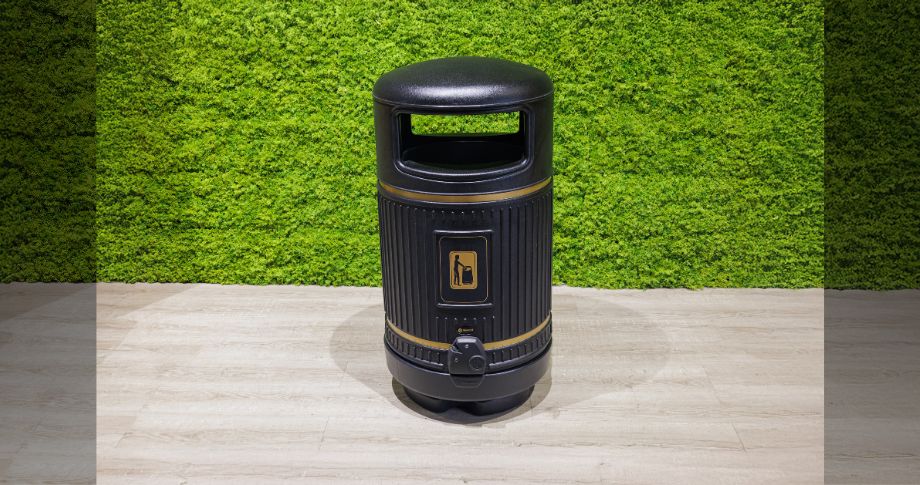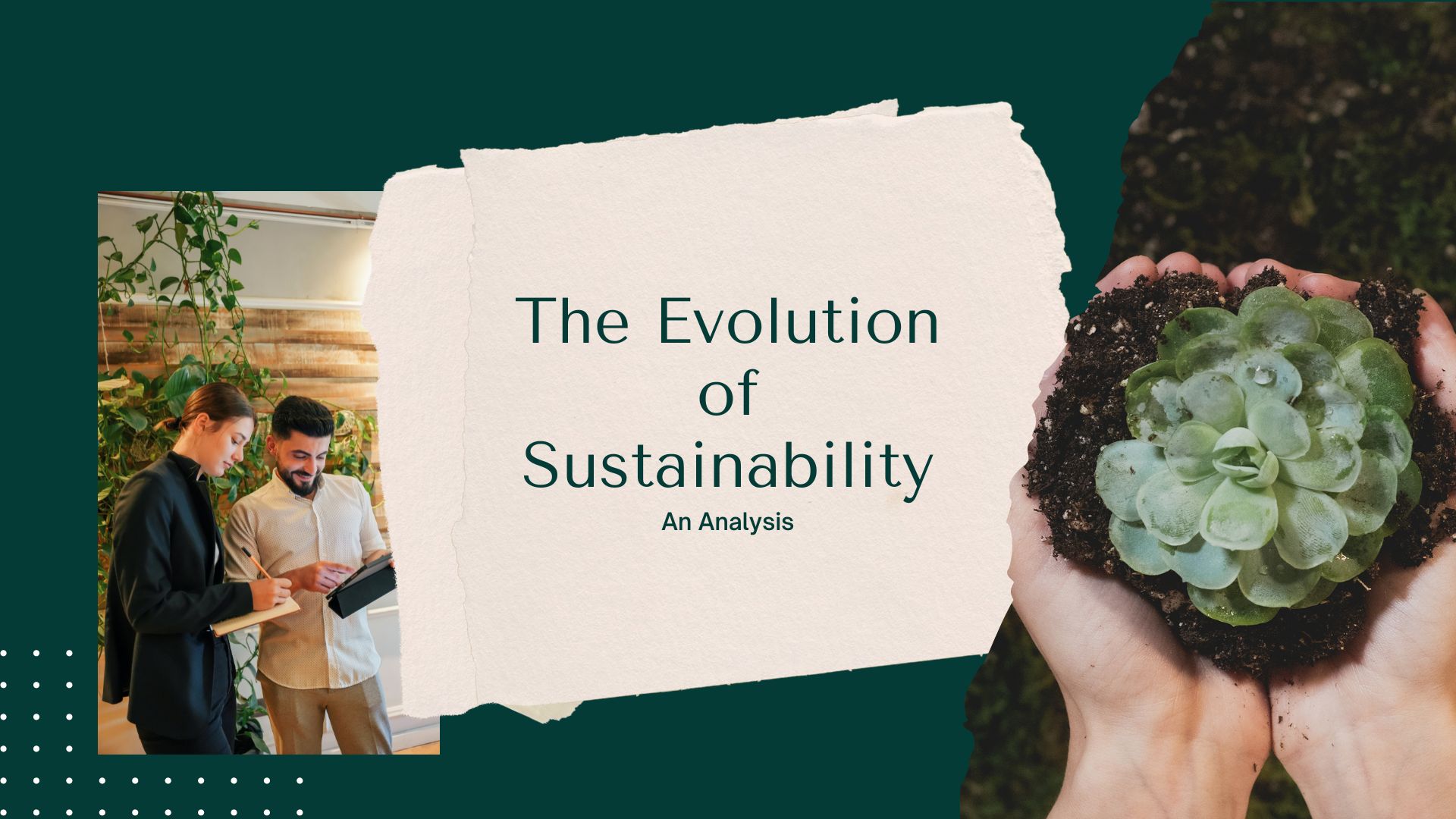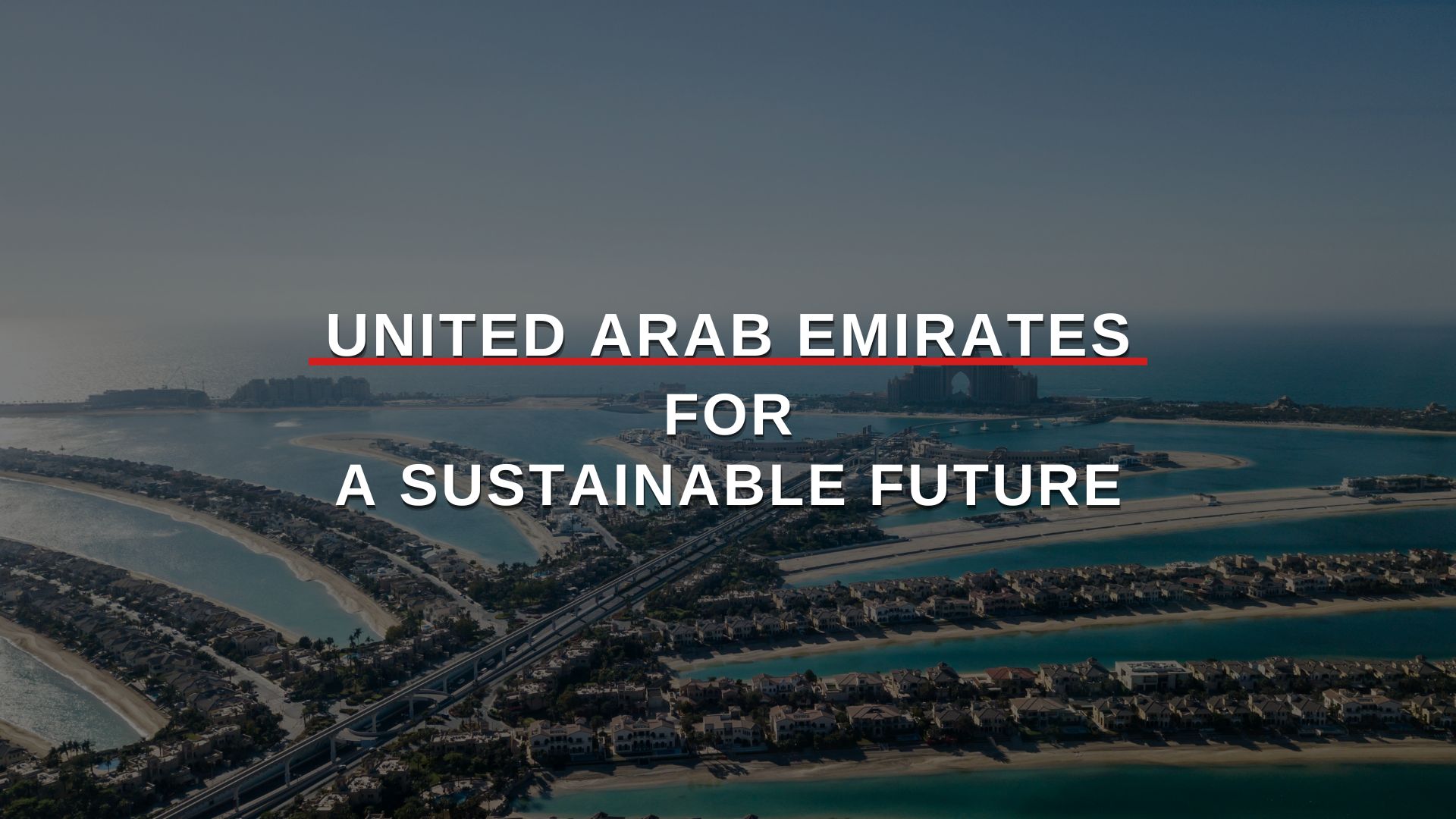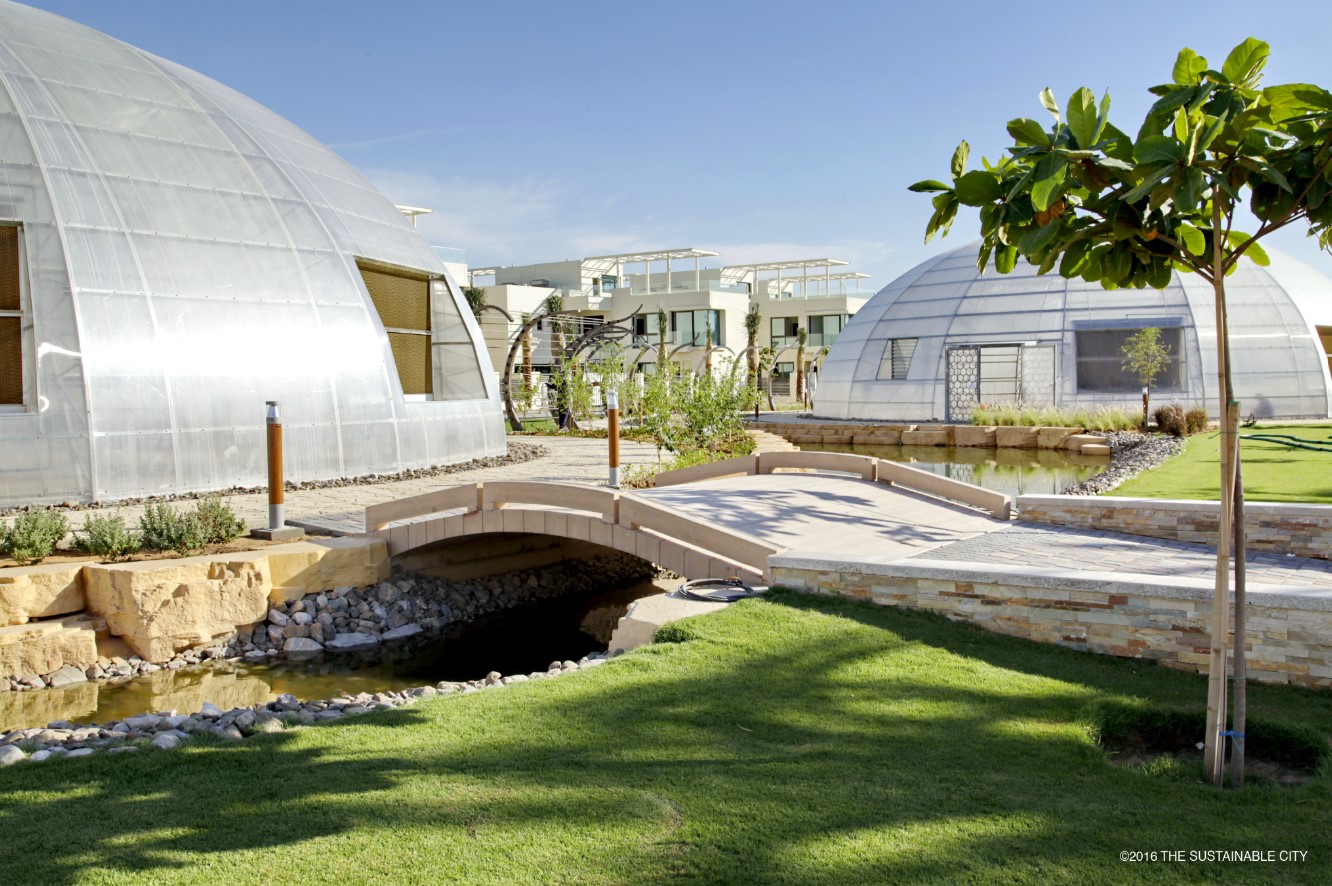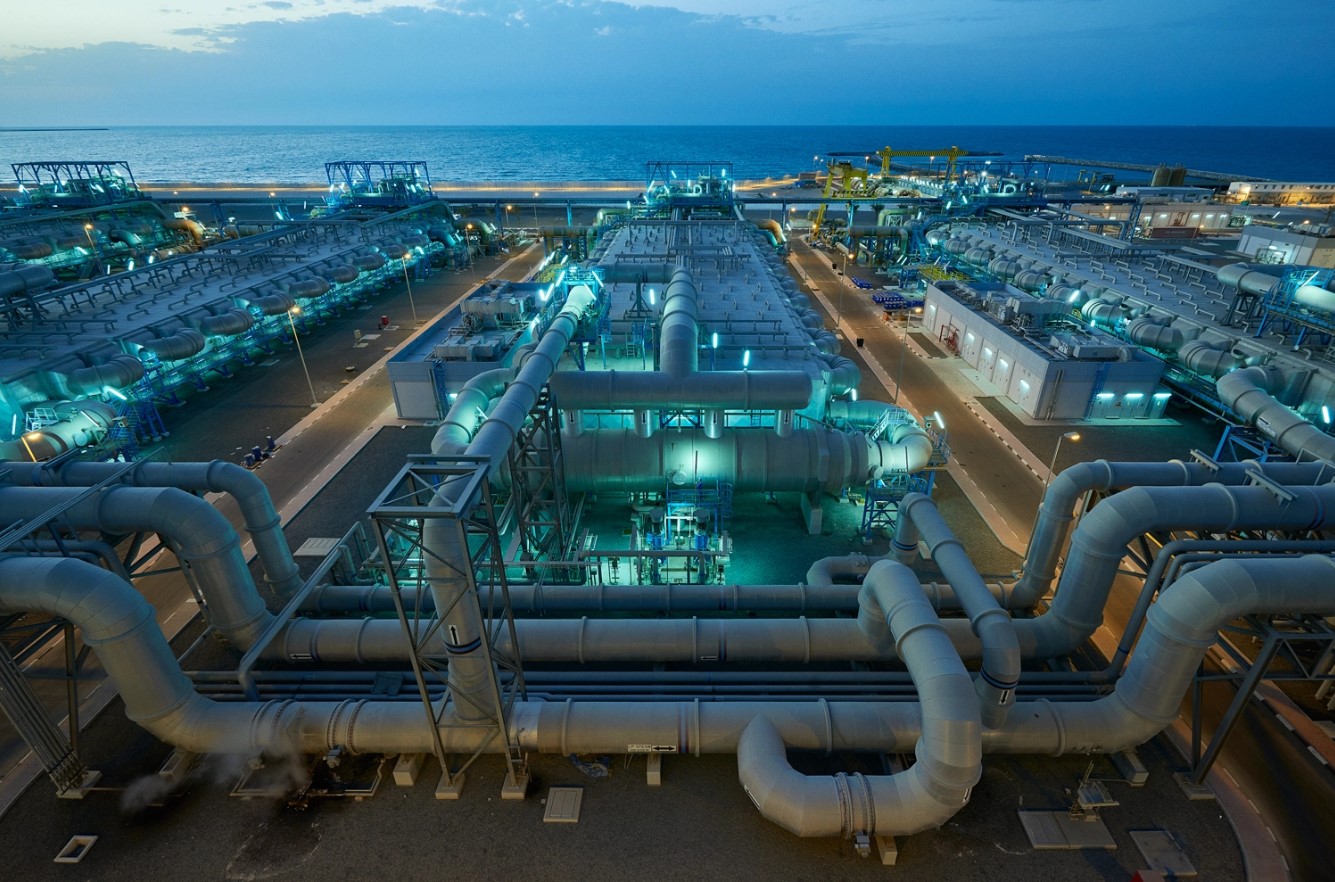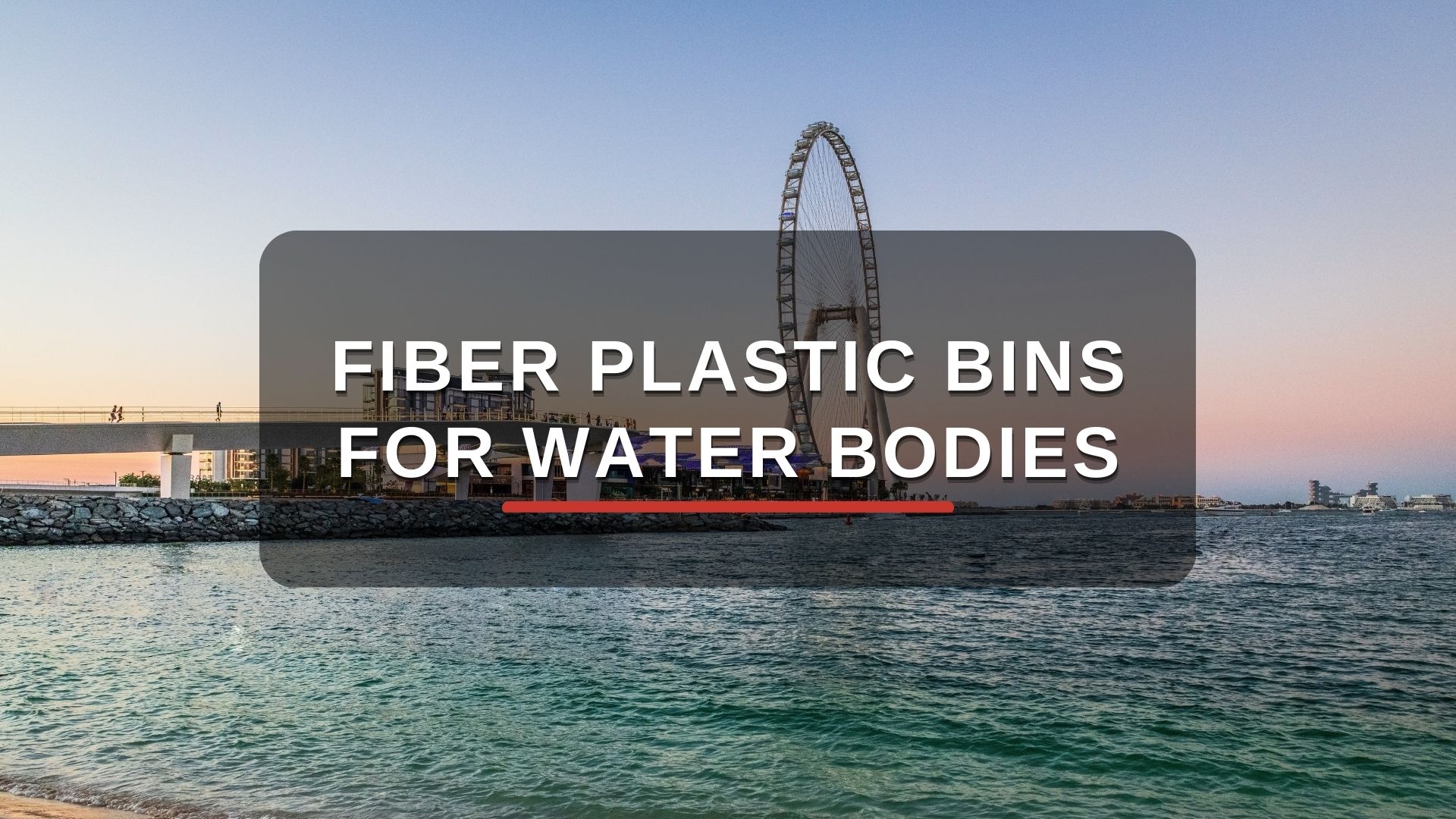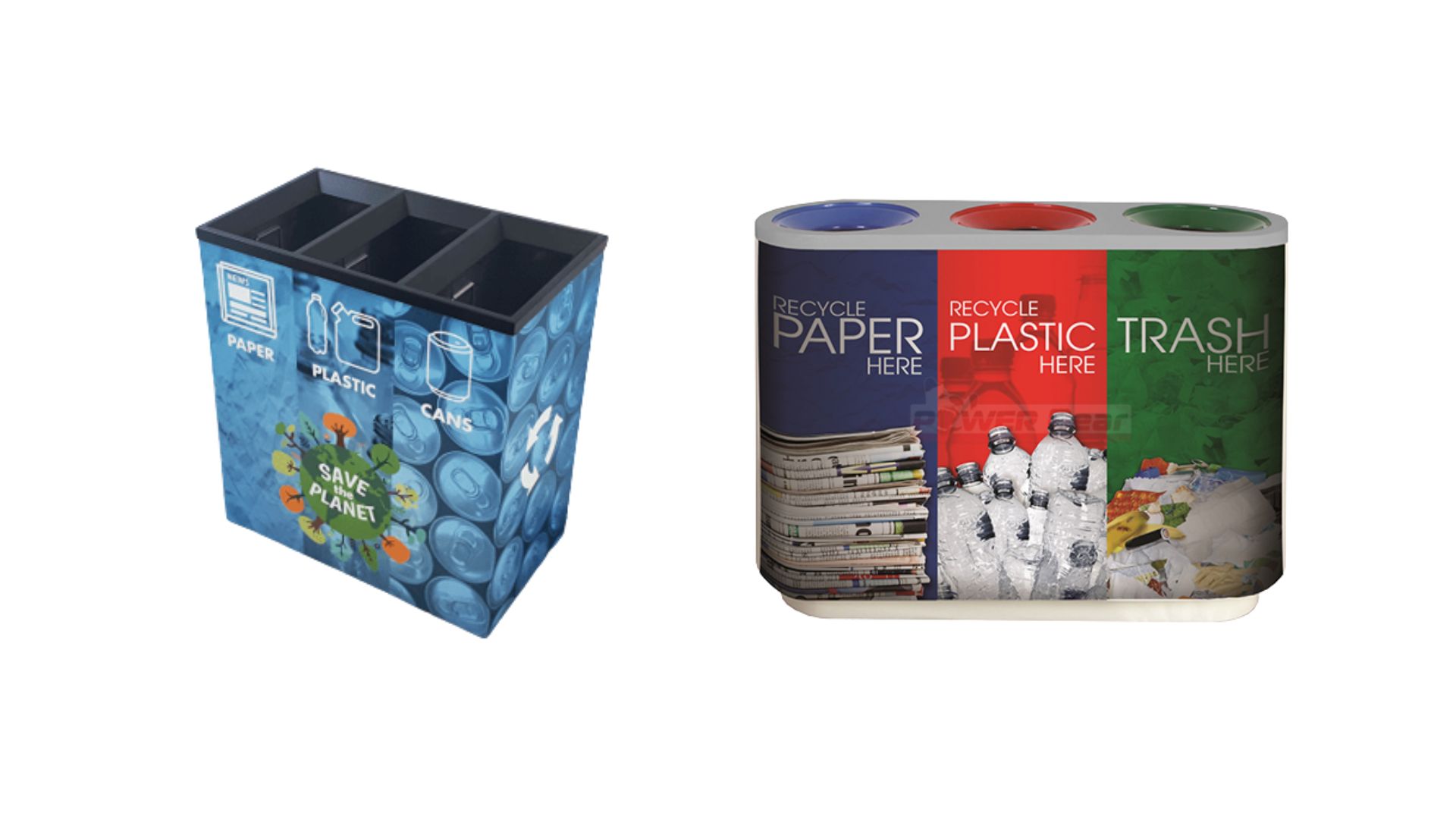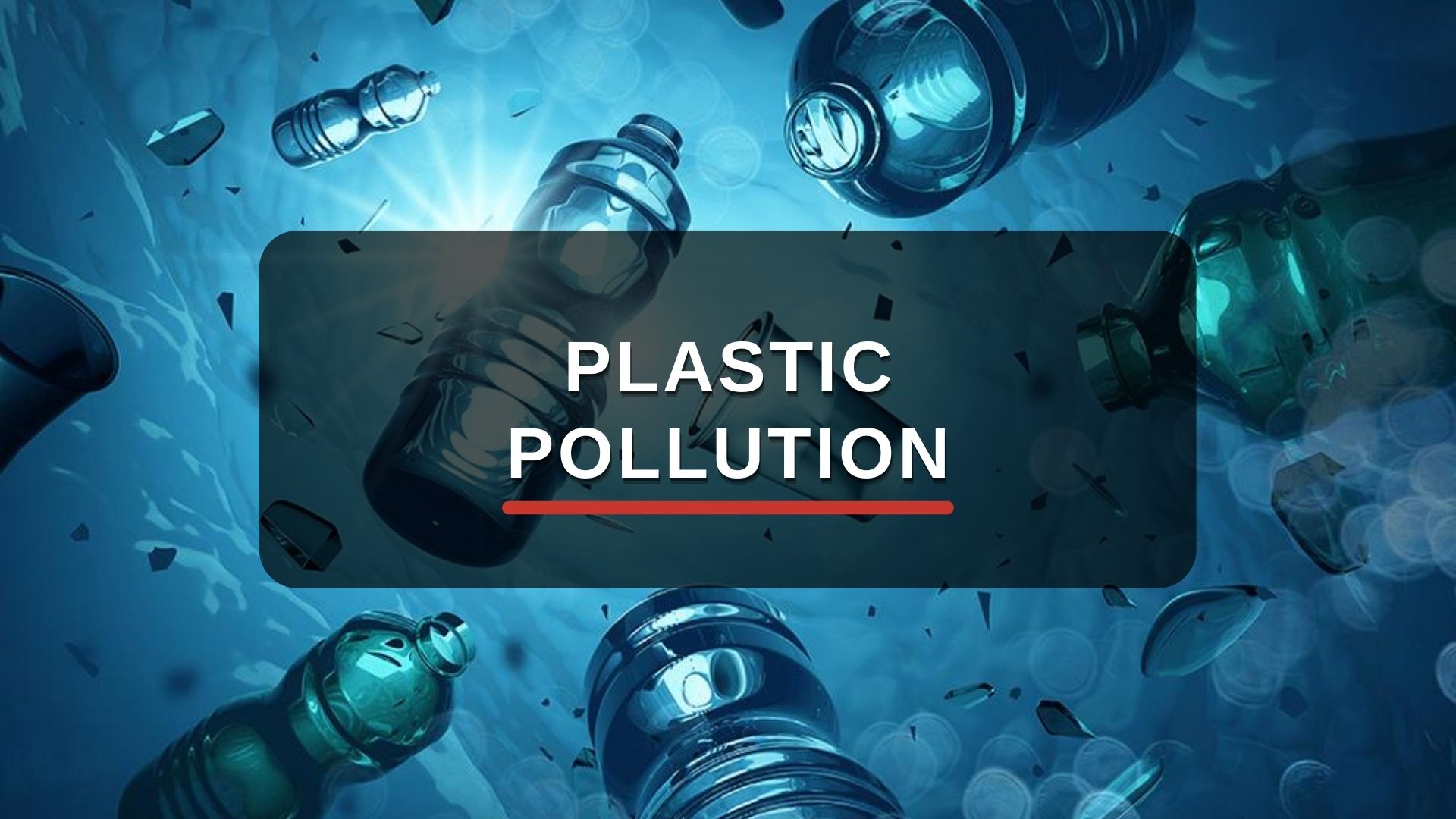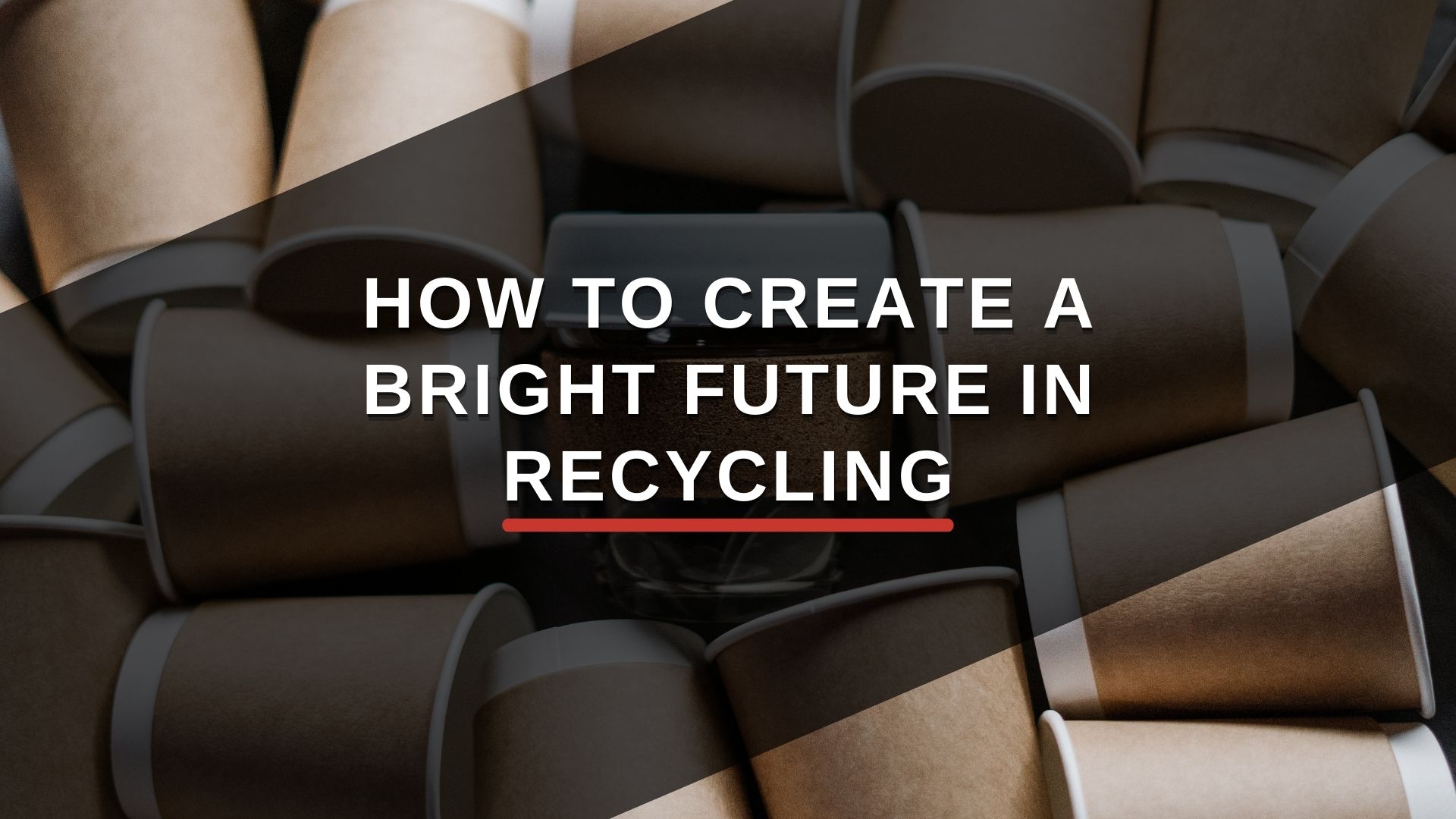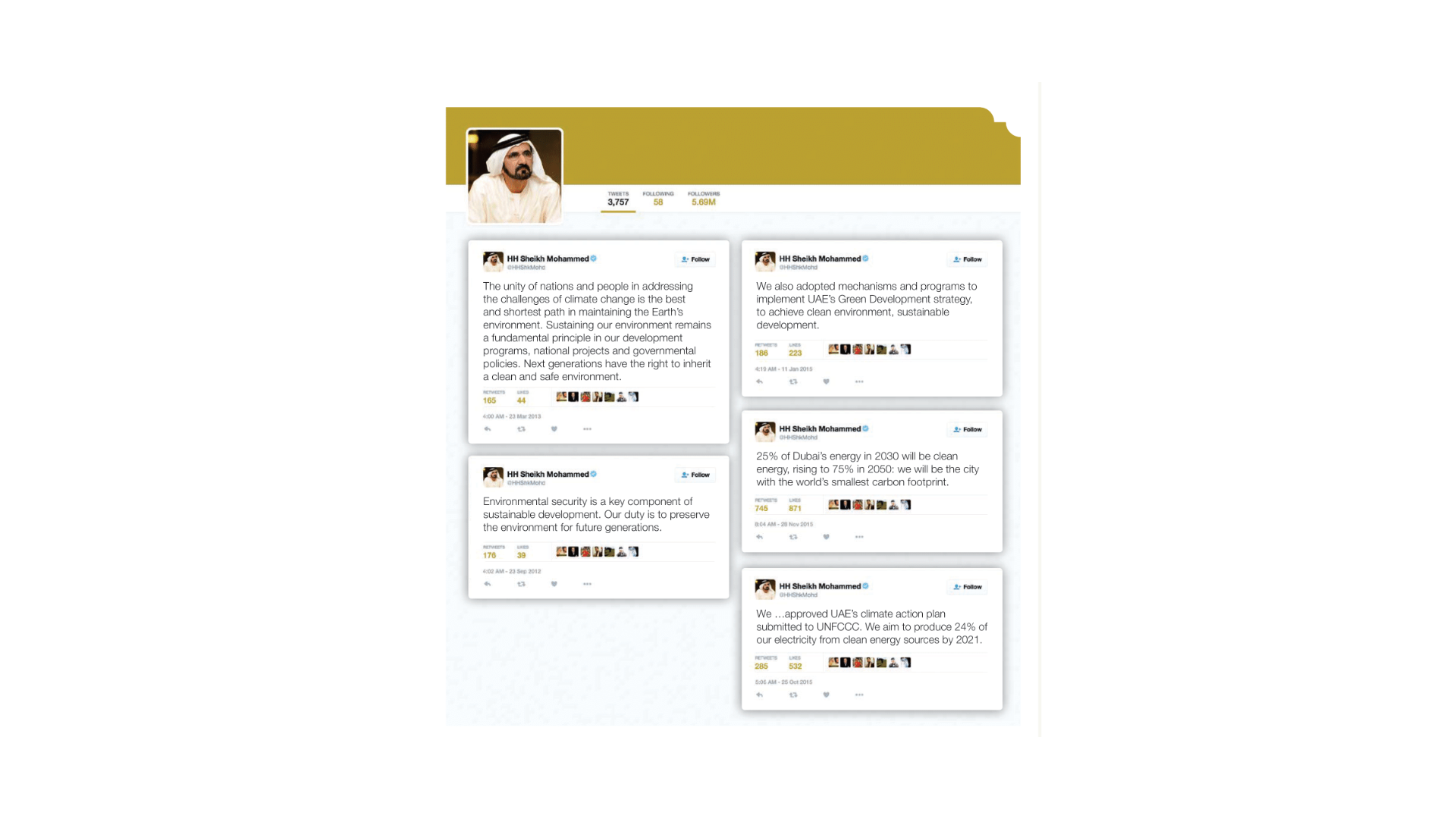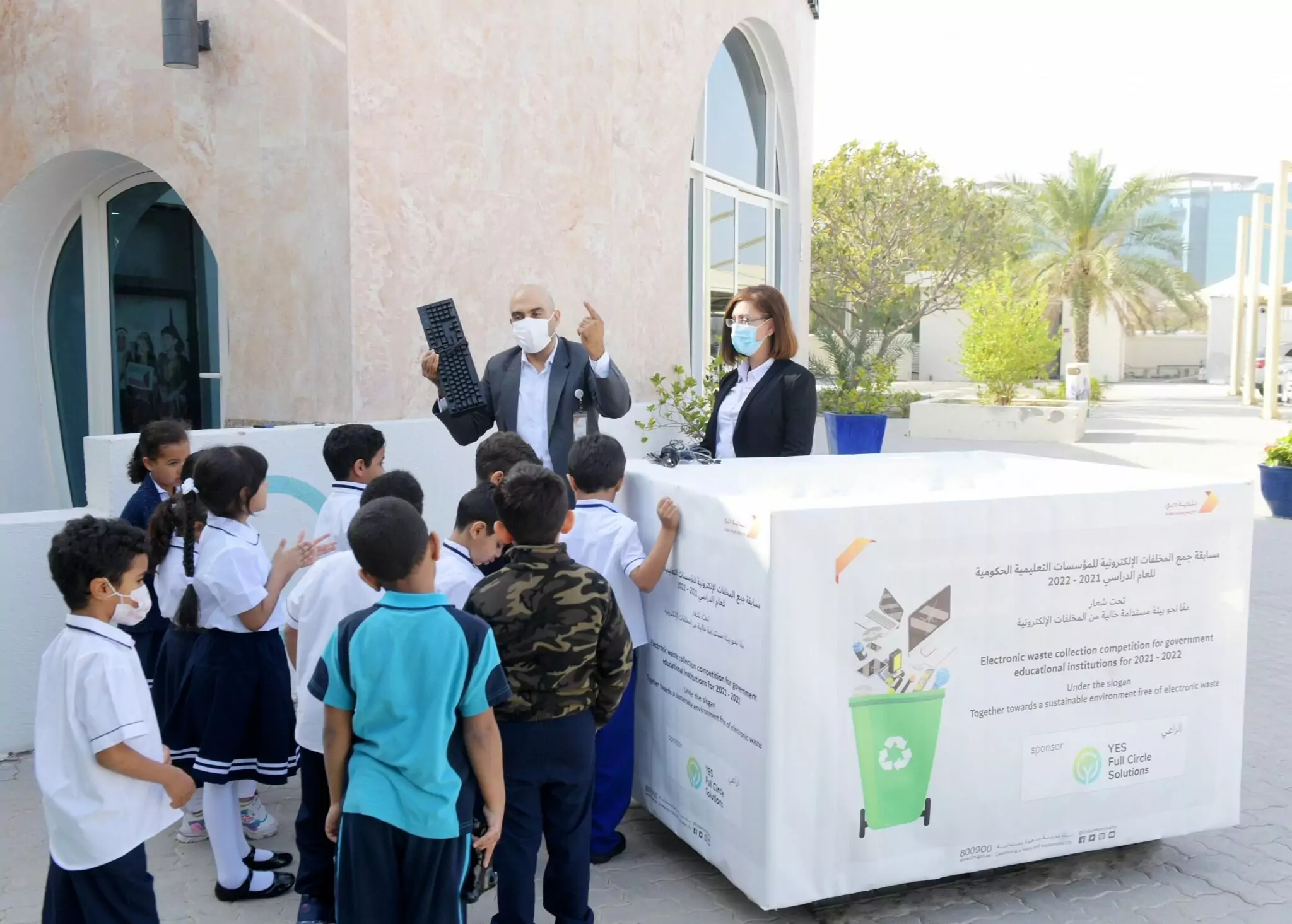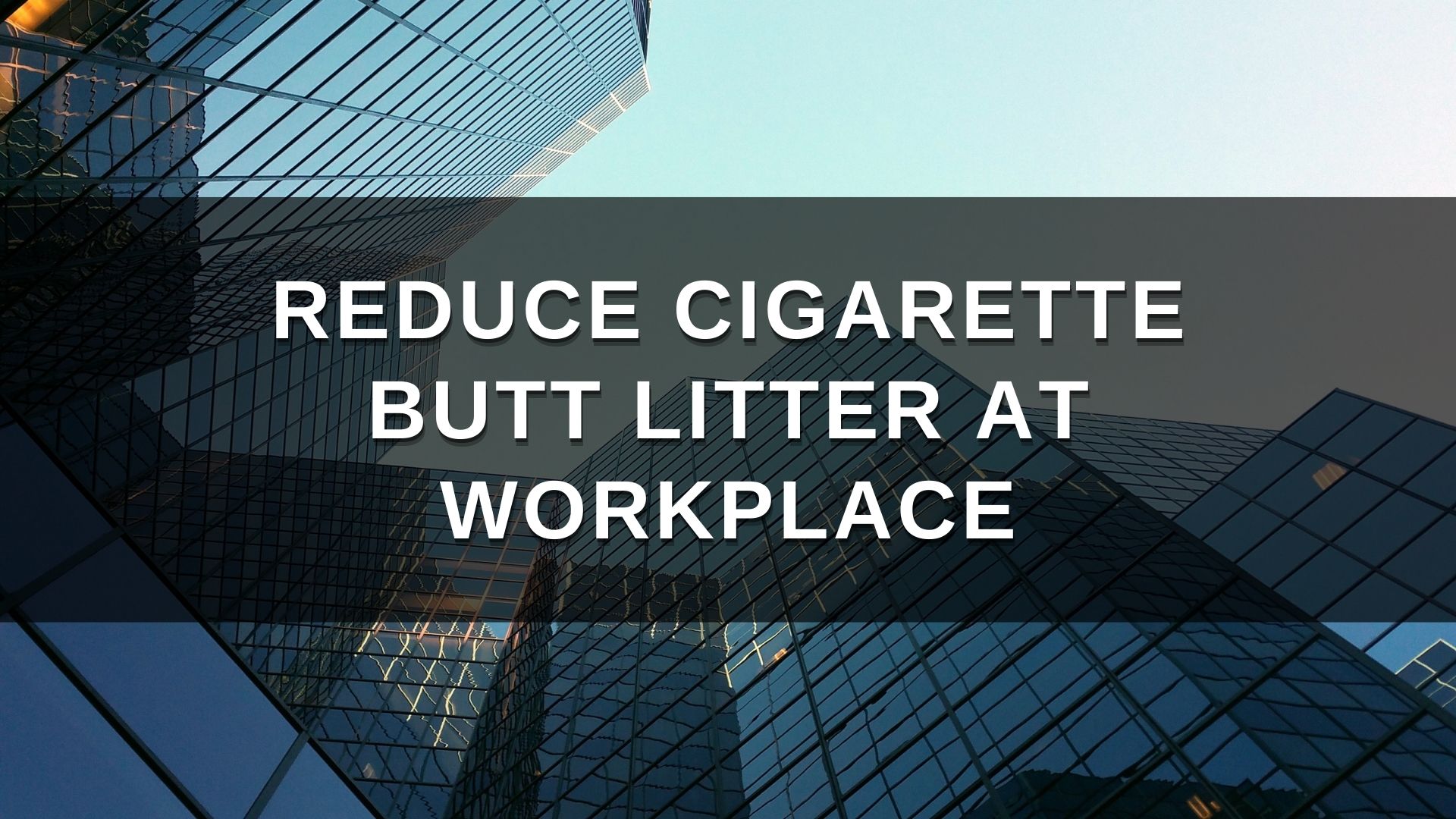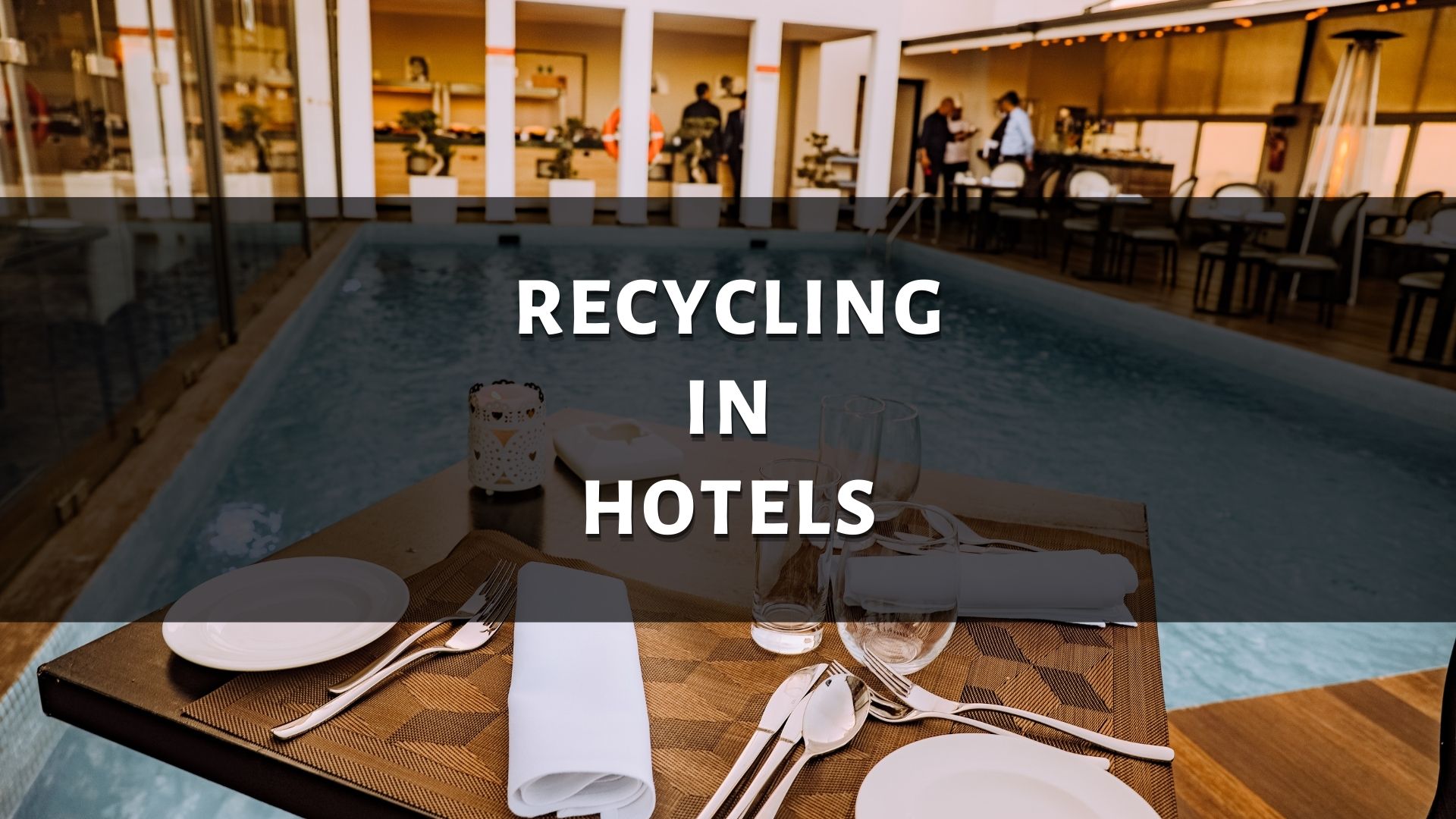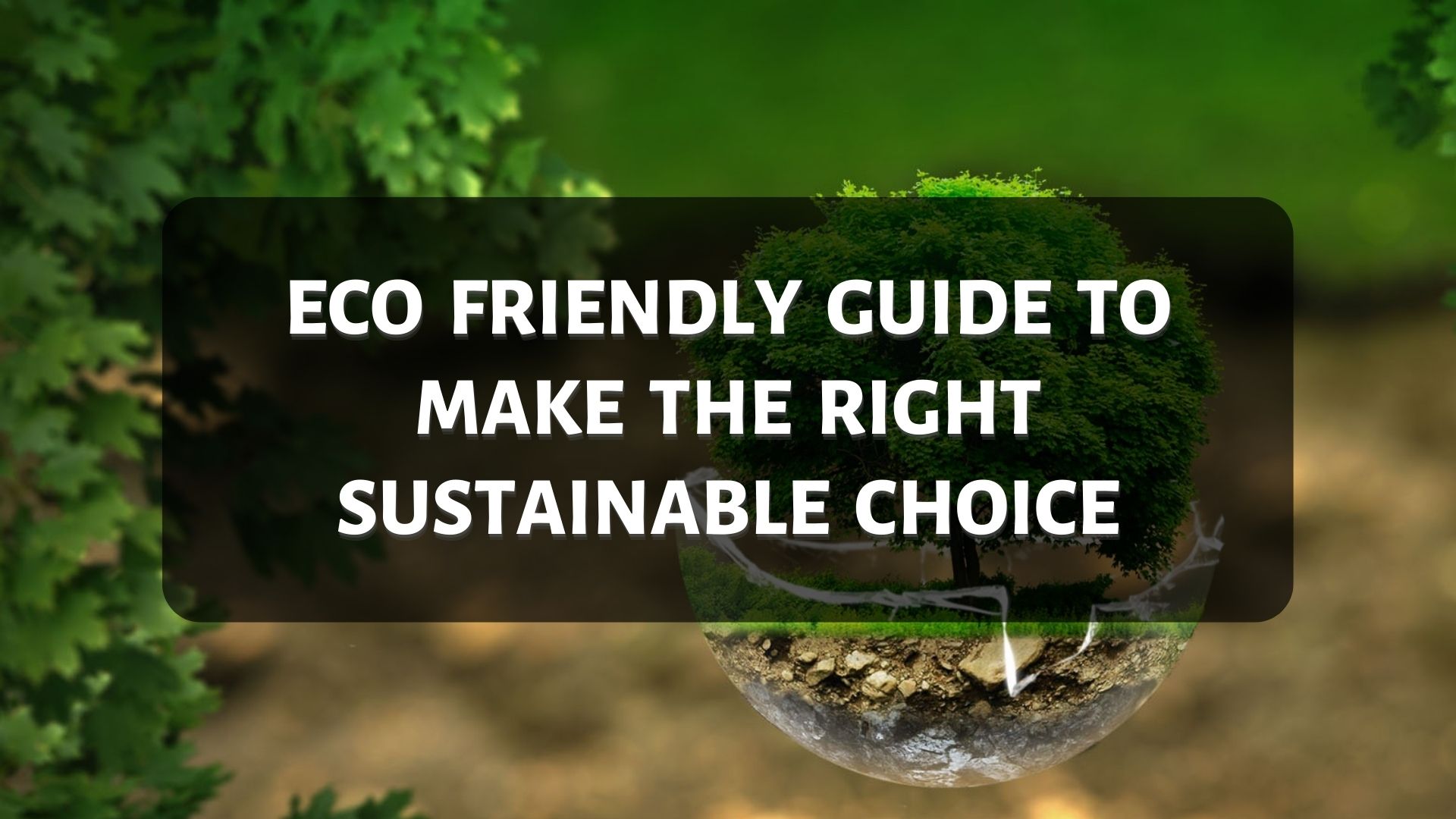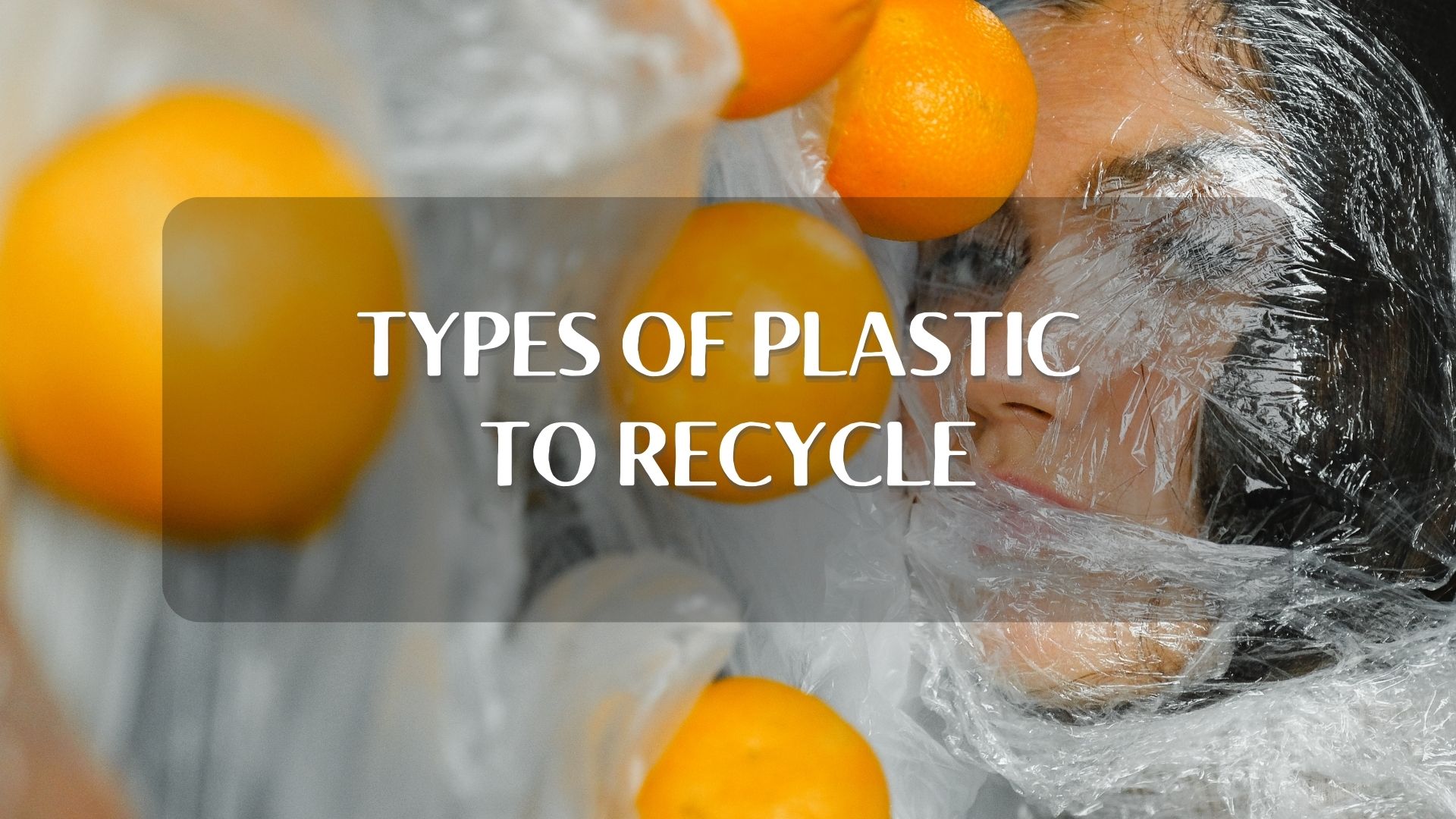
Sustainability, a concept central to global discourse, has undergone significant transformations in visualization prior to the COVID-19 pandemic. This article delves into the nuances of these visualizations, contextualizes their implications, and critically examines limitations and potential solutions.
By analysing the organization of ideas, employing complex sentence structures, and incorporating interdisciplinary approaches, this article will present a comprehensive understanding of how sustainability was visualized pre-2020.
The Emergence of Sustainability Visualization
The visualization of sustainability can be traced back to the 1980s, when the Brundtland Commission’s (formerly known as the “World Commission on Environment and Development, UN“) seminal report “Our Common Future” introduced the notion of sustainable development. This report caused an inflection point in global environmental discourse and raised the need for a balance between economic growth, social equity, and environmental protection.
Consequently, the Triple Bottom Line (TBL) framework emerged, encapsulating sustainability in three dimensions, referred to as the three “P’s”:
- People
- Planet
- Prosperity
This framework, while ground breaking, faced limitations in its compartmentalized approach, which often led to the prioritization of one dimension over the others. Nonetheless, the TBL framework laid the foundation for future sustainability visualizations and interdisciplinary methodologies.
The Evolution of Sustainability Indices
In response to the TBL framework, sustainability indices evolved to measure and compare the performance of companies, countries, and cities. Prominent examples include the Dow Jones Sustainability Index (DJSI) and the Global Reporting Initiative (GRI). These indices, which employ intricate methodologies to assess sustainability performance, have facilitated a more comprehensive understanding of the concept.
However, they have often faced criticism in the past for their reliance on self-reported data and the potential for greenwashing. To address these concerns, third-party verification and standardization of reporting practices have been proposed as the potential solutions.
The Rise of Visual Storytelling in Sustainability
As sustainability gained prominence in public discourse, visual storytelling emerged as a powerful tool to communicate complex ideas and data. Infographics, data visualizations, and interactive maps have become popular means to convey sustainability-related information, making it more accessible and engaging for diverse audiences.
Raising awareness and fostering dialogues around sustainability issues has been achieved in the later years with an instrumental shift towards storytelling. However, this presented challenges, mainly the oversimplification and misinterpretation of data. To mitigate the extent of these risks, in addition to fostering media literacy, transparency in data sourcing is crucial.
The visualization of sustainability has benefited immensely from the integration of interdisciplinary approaches, such as systems thinking and circular economy principles. Systems thinking emphasizes the intertwined aspects of social, economic, and environmental factors, while circular economy principles focus on resource optimization and waste minimization.
This approach offers innovative perspectives on sustainability, meanwhile contributing to the development of a comprehensive visualization. However, the concept also faces challenges in terms of scalability and implementation, aside from facilitating further research and collaboration among stakeholders.
The visualization of sustainability has evolved significantly in the years leading up to 2020, marked by the emergence of the TBL framework, the development of sustainability indices, the rise of visual storytelling, and the integration of interdisciplinary approaches. While these advancements have undoubtedly enriched our understanding of sustainability, they also reveal limitations and challenges that warrant further exploration.
In recent years, sustainability has garnered a global attention, with the post-2020 period witnessing a heightened emphasis on its significance. We have an opportunity to critically analyse the reasons behind this increased focus on sustainability, contextualizing relevant examples and discussing potential limitations, the problems that follow, and possible solutions.
The Role of Climate Change and Environmental Crises
The impact of climate change, which are indicated by natural disasters, extreme weather events, and biodiversity loss, has led to a growing awareness regarding the need for sustainable practices. For instance, the devastating wildfires in Australia and California in 2020, highlighted the consequences of human-induced climate change and the urgency to transition towards more environmentally conscious policies and behaviour.
The Influence of the COVID-19 Pandemic
The COVID-19 pandemic further emphasized the importance of sustainability, as the sudden disruption of global supply chains exposed vulnerabilities in our current economic systems. The pandemic has forced societies to re-evaluate their dependence on unsustainable practices and consider alternative approaches, such as localizing production, reducing waste, and embracing circular economies.
The Role of Government Policies and International Agreements
Governments worldwide have recognized the need for sustainable development, as evidenced by the adoption of the United Nations’ Sustainable Development Goals (SDGs) in 2015. These 17 goals, which include targets related to poverty eradication, climate action, and responsible consumption, have become a guiding framework for nations aiming to create a more sustainable future. Additionally, the Paris Agreement, which came into force in 2016, has prompted countries to commit to reducing greenhouse gas emissions and transitioning towards low-carbon economies.
To take this further, the United Arab Emirates has declared the year 2023 as “The Year of Sustainability“.
The Emergence of Corporate Social Responsibility and Sustainable Business Practices
The business sector has also seen a shift towards sustainability, driven by the rise of corporate social responsibility (CSR) and consumer demand for sustainable products and services. Companies are increasingly integrating environmental, social, and governance (ESG) factors into their operations and decision-making processes, reflecting an understanding that long-term success depends on sustainable practices.
Limitations, Problems, and Solutions
Despite the growing importance for sustainability, several challenges persist. For one, the implementation of sustainable practices often requires substantial financial investments, which may deter governments and businesses from making necessary changes. More importantly, the lack of a universally accepted metrics that measures sustainability and the efforts to assess progress and hold stakeholders accountable has made it perplexing.
Innovative solutions and interdisciplinary approaches are necessary to overcome these obstacles. For example, the development of futureproof technologies, such as renewable energy sources and energy-efficient infrastructure, can help reduce the costs associated with transitioning to sustainable practices. Additionally, the establishment of standardized sustainability metrics and reporting frameworks can help enhance transparency and facilitate comparisons between organizations and countries.
The importance of sustainability has grown exponentially in the years following 2020, driven by factors such as climate change, the COVID-19 pandemic, government policies, and corporate initiatives. While challenges remain, the continued pursuit of innovative solutions and interdisciplinary approaches promises a more sustainable future for all.


